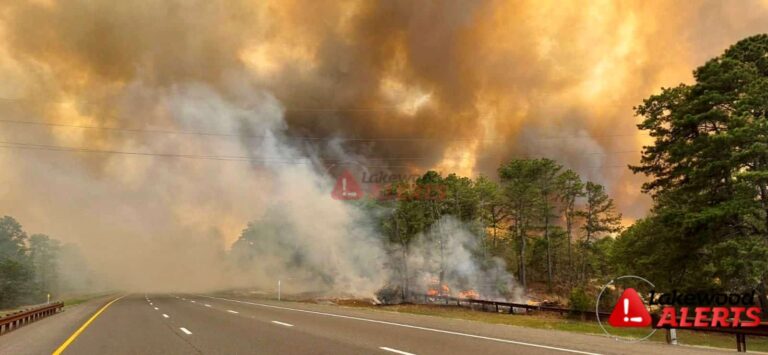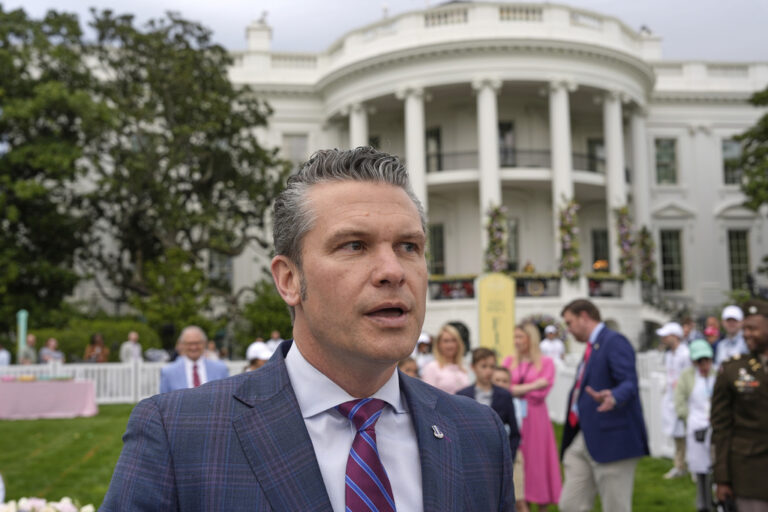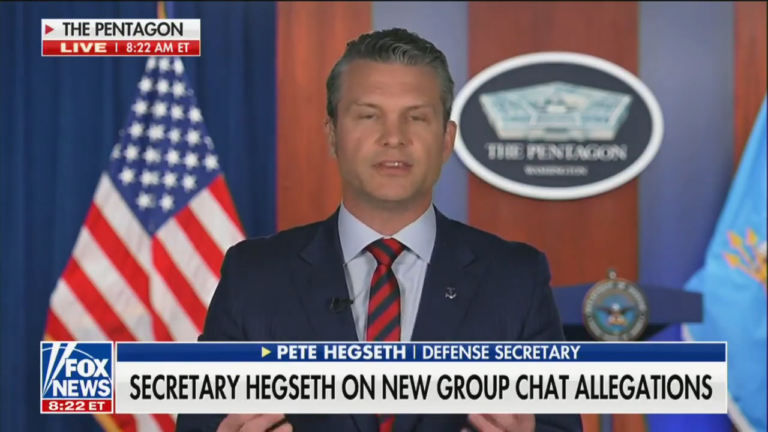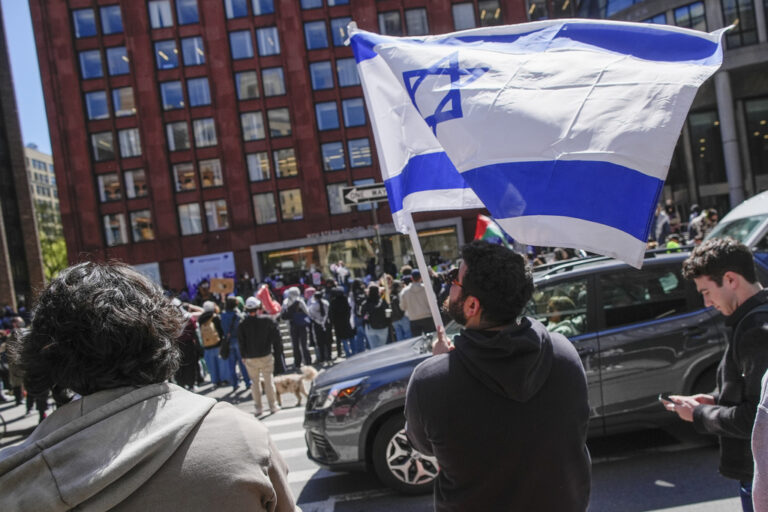A federal review of helicopter safety around some of the busiest U.S. airports, prompted by the deadly midair collision in January between a passenger jet and Army helicopter in Washington, D.C., revealed dangerous flying conditions at the Las Vegas airport.
The Federal Aviation Administration said Tuesday the potential for a collision between air tour helicopters and planes at Harry Reid International Airport led the agency to make immediate changes to flying rules. In the first three weeks after implementation the number of collision alerts for planes dropped 30%.
The FAA said after the collision between an American Airlines jet and an Army Black Hawk helicopter in January, which killed 67 people, that it planned to use artificial intelligence to dig into the millions of reports it collects to assess other places with busy helicopter traffic, including Boston, New York, Baltimore-Washington, Detroit, Chicago, Dallas, Houston, Los Angeles and along the Gulf Coast.
The FAA’s acting administrator, Chris Rocheleau, said Las Vegas quickly became a concern once the agency dug into the data because agreements with helicopter operators there didn’t clearly define vertical and lateral separation requirements when helicopters were approaching the airport. And air traffic controllers in the tower weren’t issuing traffic advisories between returning helicopters and airplanes.
“We took quick action including exercising positive control over the helicopters and issuing more traffic advisories to pilots,” Rocheleau said. “As a result, the number of traffic alert and collision avoidance system reports decreased by 30 percent in just three weeks.”
Luke Nimmo, a spokesperson for Clark County Department of Aviation, referred all questions about the findings to the FAA.
Rocheleau promised to take additional actions in Las Vegas and at any other airport where the FAA identifies concerns.
Following the crash of a New York City sightseeing helicopter into the Hudson River that killed six people April 10, the FAA said it was establishing a rulemaking committee to develop recommendations for improving commercial air tour safety.
Jeff Guzzetti, a former National Transportation Safety Board and FAA accident investigator, said the fact that collision alerts for planes dropped so quickly “indicates a real hazard existed before the FAA looked at this.”
“It’s tough to characterize how significant the hazard was,” he said. “But it’s yet another hole in the Swiss cheese that can line up with other holes and cause an accident just like what happened in Washington, D.C.”
He said it made sense that the FAA first addressed the Las Vegas airport, given its large mix of helicopters and commercial traffic.
“I think that they will find issues at other airports, but maybe not to the degree that they found with this one,” Guzzetti said.
Former NTSB Chairman Jim Hall said there have long been safety issues with the helicopter tour industry, describing it as slipping in many cases into “becoming an attraction rather than a safe ride.” He said he is glad to see the FAA addressing it.
“Unfortunately in aviation, it is accidents that bring the attention of the regulators to their responsibilities,” he said.
The January midair collision near Washington’s Ronald Reagan National Airport was the deadliest aviation disaster in the United States since 2001. A series of other crashes and near misses in the months have raised worries about air travel, even though it remains safe overall.
Helicopters have understandably been a key concern ever since that crash, but Rocheleau said the core safety issues remain operations and maintenance problems. He said the top causes of helicopter accidents include loss of control and striking an object during low-altitude operations.
The FAA said its review of the safety data has expanded beyond helicopters to look at airports with a mix of many different planes and airports that are close together.
The proximity between Hollywood Burbank Airport and Van Nuys Airport in the Los Angeles area emerged as a concern because they are less than 10 miles (16 kilometers) apart. Both airports serve a wide mix of aircraft and have arrival and departure paths that are close to each other.
Mike Christensen, a spokesperson for the Hollywood Burbank Airport, referred questions to the FAA. The Van Nuys Airport didn’t immediately respond to an email requesting comment from The Associated Press.
“While flying remains the safest mode of transportation, we must always strive to do better,” Rocheleau said. “We have to identify trends and get smarter about how we use data. And when we put corrective actions in place, we must execute them.”
(AP)











